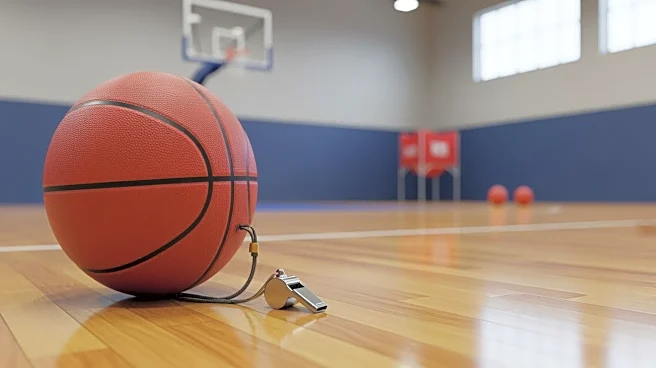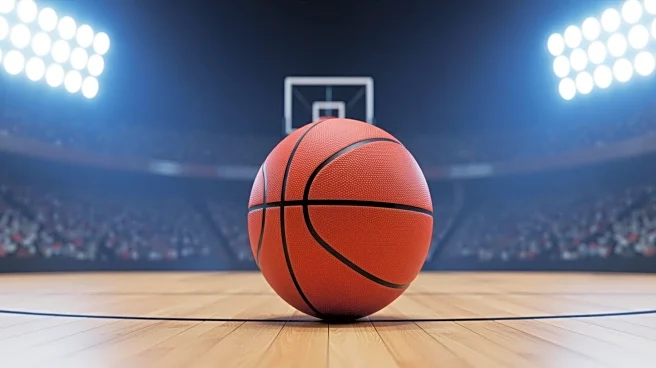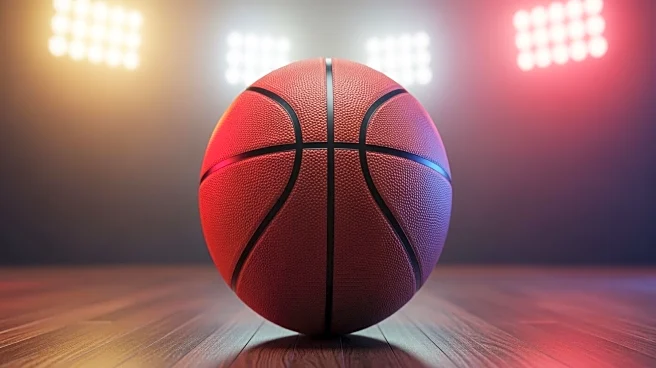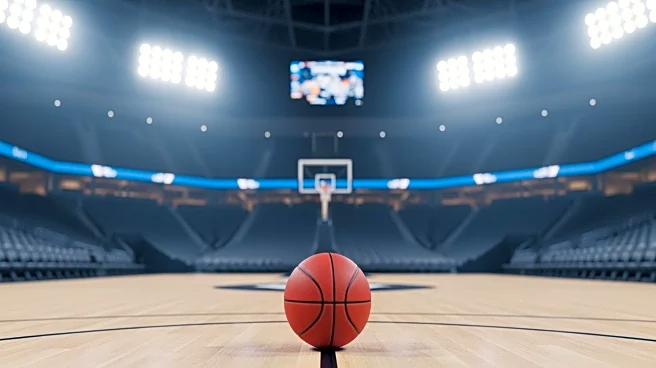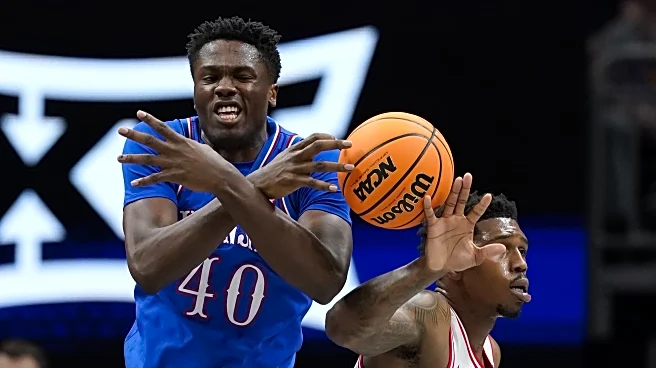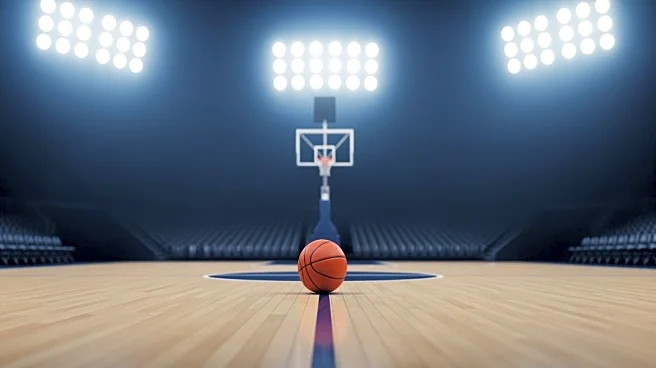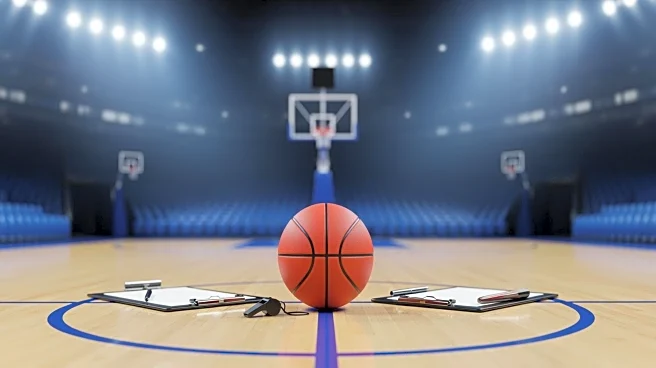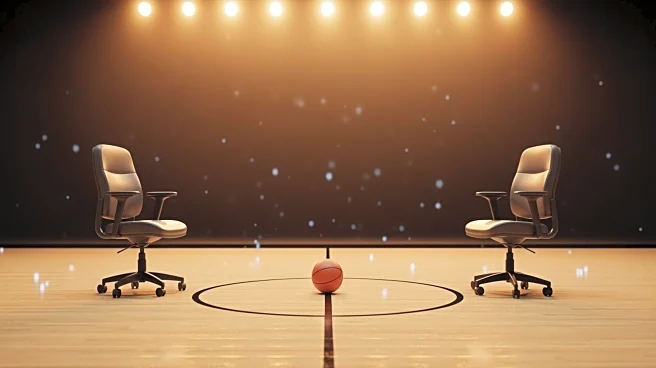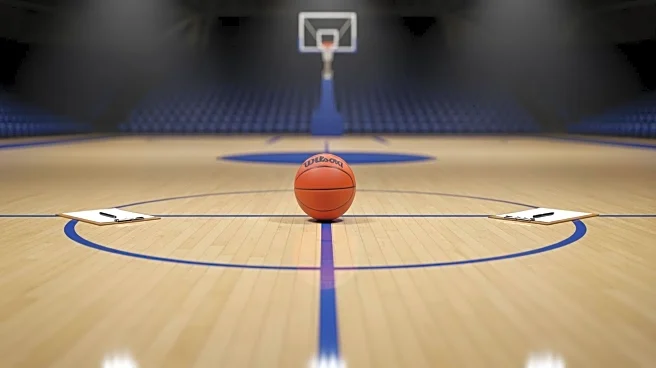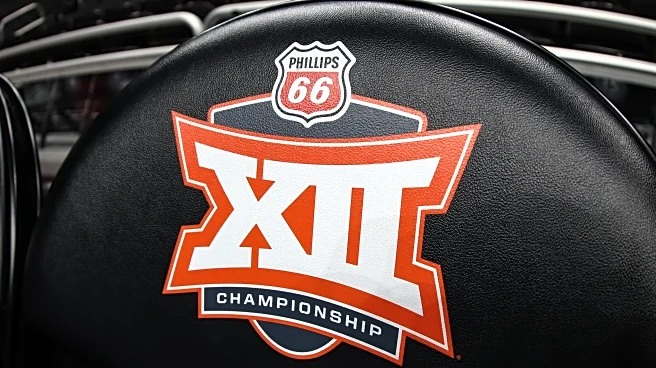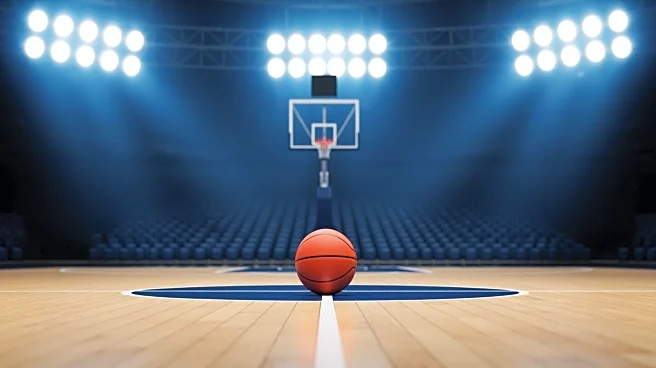What's Happening?
Kansas basketball coach Bill Self provided insights following the Late Night in the Phog scrimmage, where Team Crimson narrowly defeated Team Blue 27-23. Freshman guard Darryn Peterson led Team Crimson with
12 points, the only player to score in double figures. The scrimmage, which lasted 15 minutes with a running clock, saw both teams struggle with shooting from behind the arc, combining for just 2-of-15. Self expressed that the performance was expected and noted the impact of adrenaline on player fatigue. Additionally, Self highlighted challenges in practicing at Allen Fieldhouse due to excessive heat, which has caused full-body cramps among players.
Why It's Important?
The scrimmage performance and practice conditions are significant as they highlight early-season challenges for the Kansas basketball team. The shooting struggles may indicate areas for improvement as the team prepares for competitive play. The inability to practice in Allen Fieldhouse due to heat underscores logistical issues that could affect player readiness and conditioning. These factors are crucial for the team's development and strategy as they aim to compete effectively in upcoming games. The insights from Self provide a glimpse into the team's current state and potential adjustments needed to enhance performance.
What's Next?
Kansas basketball will need to address the shooting inefficiencies observed during the scrimmage to improve their offensive capabilities. As the season progresses, finding solutions to the practice challenges posed by the heat in Allen Fieldhouse will be essential for maintaining player health and optimizing training sessions. The team will likely focus on conditioning and strategic adjustments to ensure readiness for official games. Monitoring weather conditions and implementing cooling measures may be necessary to facilitate regular practice in the fieldhouse.
Beyond the Headlines
The practice challenges faced by Kansas basketball due to heat in Allen Fieldhouse may reflect broader issues related to climate and infrastructure in sports facilities. As extreme weather conditions become more common, sports teams may need to consider adaptive strategies to ensure player safety and effective training environments. This situation could prompt discussions on facility upgrades or alternative practice locations to mitigate the impact of adverse weather conditions on athletic performance.
